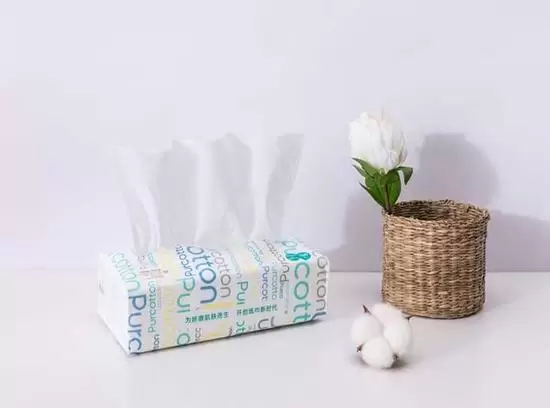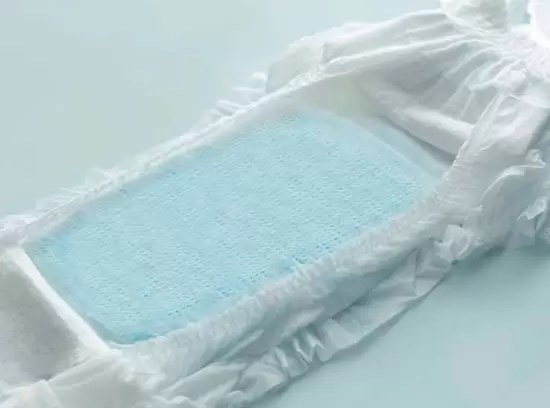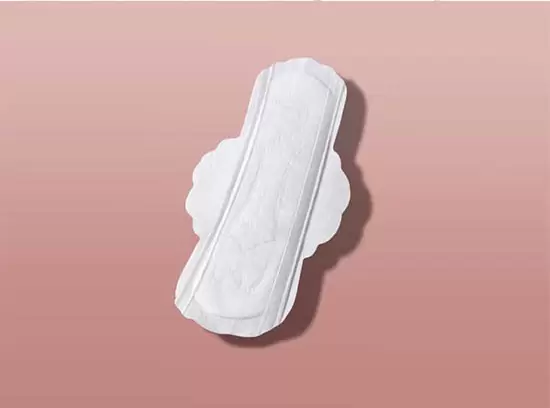With the restrictions on plastic bags, non-woven eco-friendly bags have become more popular, and people have gradually learned more about non-woven eco-friendly bags. The material of non-woven eco-friendly bags is mainly non-woven fabric. Non-woven fabric is a kind of non-woven fabric, which directly uses polymer chips, short fibers, or filaments to make new fiber products with soft, air-permeable, and flat structures through various web-forming methods and consolidation technologies. The non-woven eco bag has the characteristics of short process flow, high output, low cost, rapid variety change, and plenty of raw material sources.
Ⅰ. The advantages of the non woven eco bag:
Non-woven environmental protection bags are cheap and good in quality, environmentally friendly, and practical, so they are widely used. In addition, texts and patterns can be printed on the non-woven bags for sale, so the bag is a perfect advertising position, suitable for various business activities and exhibitions. You can also use it as a gift or giveaway during advertising and promotion.
Ⅱ. Classification of the non-woven eco bag:
According to different production processes, non-woven environmental protection bags can be divided into:
1. Spunlace nonwoven eco bag: The production process of this kind of bag is to spray a high-pressure fine water stream onto one or more layers of fiber nets to entangle the fibers with each other so that the fiber nets can be reinforced and have a certain strength.
2. Heat-bonded non-woven eco bag: Add fibrous or powdery hot-melt adhesive reinforcement material to the fiber net, then heat the fiber net to melt and cool, and then reinforce it into cloth to make this kind of bag.
3. Pulp air-laid non-woven eco bag: This material is also called dust-free paper and dry paper-making non-woven fabric. It uses air-laid technology to open the wood pulp fiberboard into a single fiber state, and then uses the air-flow method to agglomerate the fibers on the web curtain, and then reinforce the fiber web into a cloth.
4. Wet-laid non-woven eco bag: the fiber raw materials placed in the water medium are opened into single fibers, and different fiber raw materials are mixed at the same time to make a fiber suspension slurry. Then the suspended slurry is transported to the web-forming mechanism, and the fibers are formed into a web in a wet state and then consolidated into a cloth.
5. Spunbond non-woven environmental protection bags: Extrude and stretch the polymer to form continuous filaments, and then lay the filaments into a net. The fiber web is then turned into a non-woven fabric through self-bonding, thermal bonding, chemical bonding, or mechanical reinforcement.
6. Melt-blown non-woven eco bag: The process: polymer feeding—melt extrusion—fiber formation—fiber cooling—forming net—reinforcement into cloth.
7. Needle-punched non-woven bags: The material used in this bag is a kind of dry-laid non-woven fabric. Needle-punched non-woven fabrics use the piercing effect of a needle to reinforce the fluffy fiber web into a cloth.
8. Stitched non-woven eco bag provided by non-woven bag manufacturer: The material used in this bag is also a kind of dry-laid non-woven fabric. The stitch-knitting method is to use the warp-knitted loop structure to reinforce the fiber web, yarn layer, non-woven material (such as plastic sheet, plastic thin metal foil, etc.), or their combination to make non-woven fabric.














